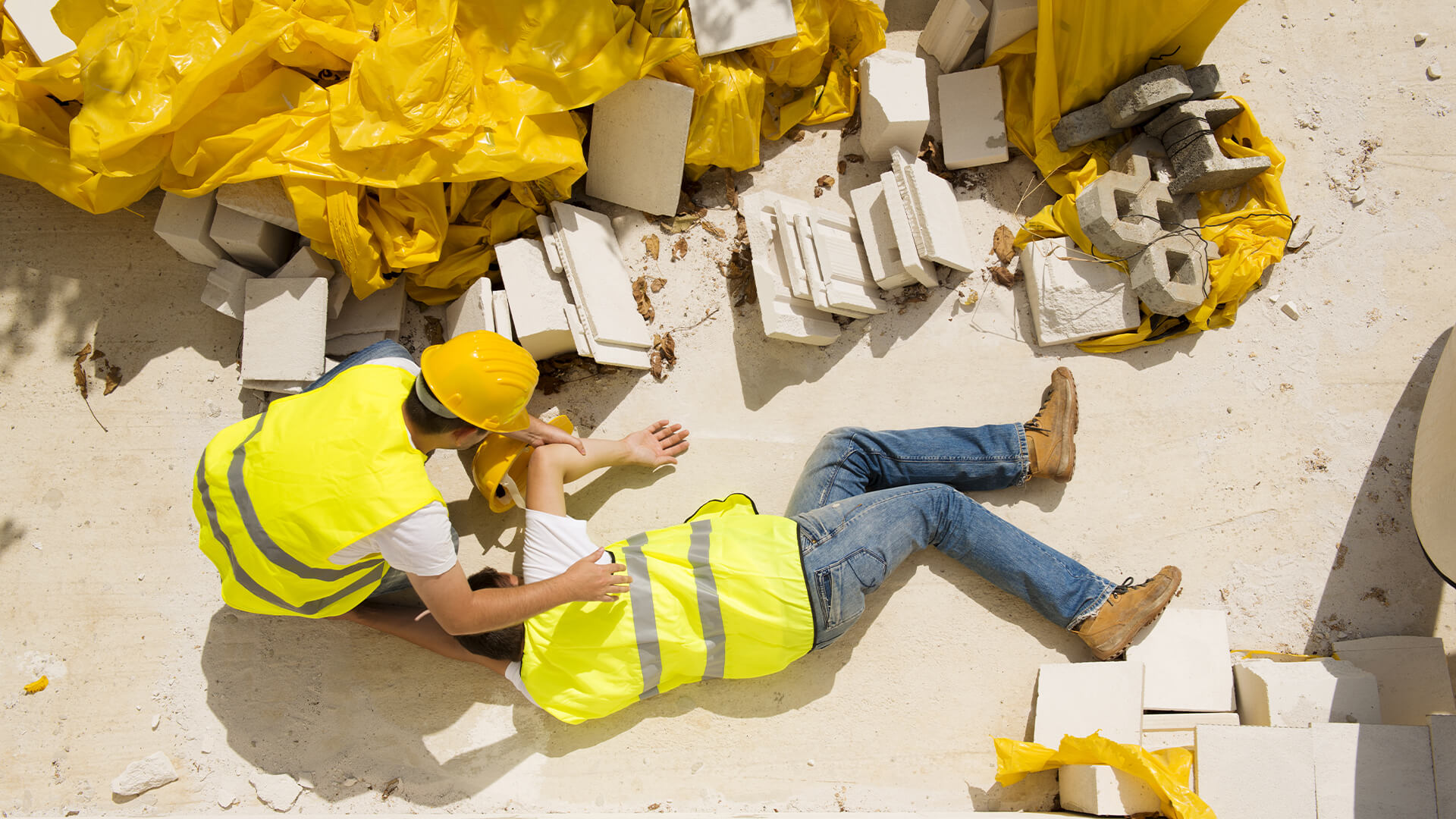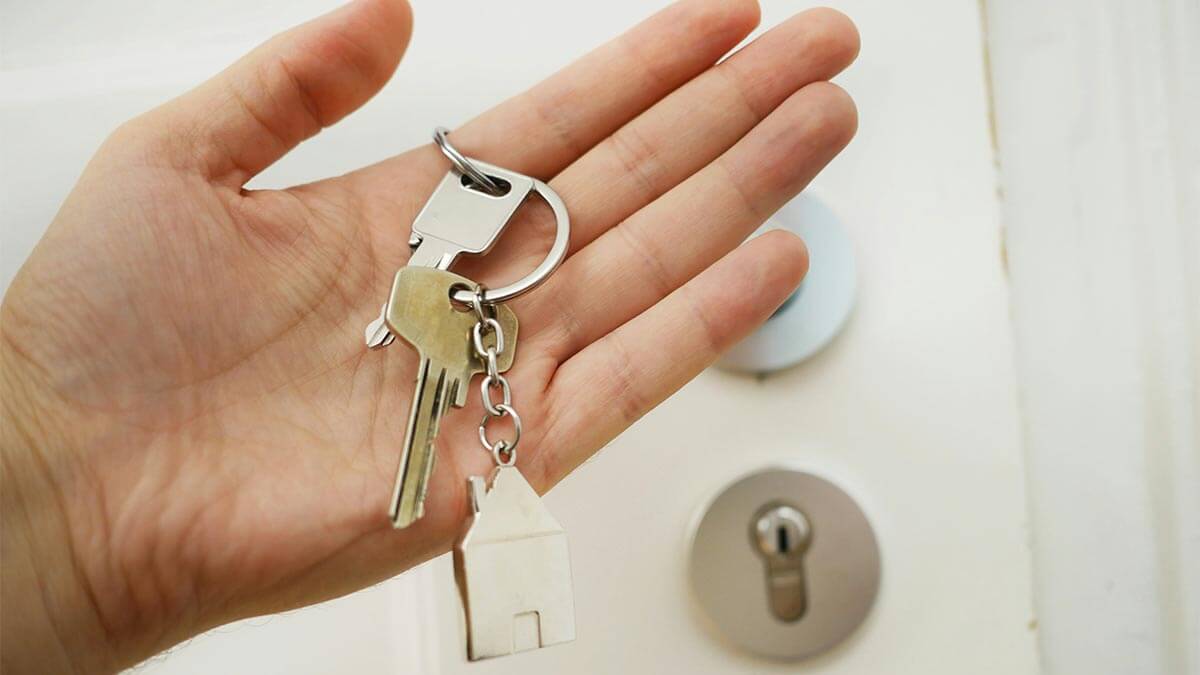It’s believed that construction work isn’t for the faint of heart. Besides strength and focus, various elements within the construction site such as heavy equipment and electricity among others make the job highly perilous and susceptible to injuries and accidents.
With proper safety and health procedures in place though, construction-related injuries and deaths may be prevented. All employees should practice the following safety measures to prevent unexpected injuries from happening at all times.
How Dangerous Is Construction Work
The construction sector is said to remain one of the most dangerous industries worldwide. In the United States, one in every five occupational deaths in the year 2019 were in construction, according to the data from the Occupational Safety and Health Administration or OSHA.
It’s believed that accidents remain relatively high in some states. For instance, in New York where the construction industry is said to be the fourth largest in the country. Data states that deaths decreased in New York City, but has increased state-wide, from 2012 to 2017.
Read more about construction statistics in the Big Apple with an article that talks about it.
As a construction company manager or on-site security officer, you’ll need to enforce a series of steps to ensure workplace safety and avoid the occurrence of construction-related injuries on-site. Check out some of them below:
1. Conduct Pre- Construction Project Risk Assessment
Project managers need to conduct a risk assessment to find out if the project presents additional or unique dangers prior to initiating a construction project. Performing a proper safety evaluation can help keep workers safe by preventing unusual hazards from cropping up by identifying potential problems and instituting measures that prevent them from happening. The findings and safety plan should be shared with everyone working on-site.
2. Mandate Mandatory Safety Training Seminars Attendance
A safety plan will go to waste without workers getting proper education and training. Thus, the most logical thing to do next is to explain the findings of the risk assessment, present the safety plan and policies, and train employees on safety. Hire professionals to make sure that the coaching sessions and instruction are up to industry-wide standards.
Also train your employees on basic life support methods in case of accidents to learn potentially life-saving skills such as cardiopulmonary resuscitation (CPR), proper wound management, and the use of an automated external defibrillator (AED) during emergencies.
3. Require Workers To Use High-Quality Safety Gear
Authorities are said to have a set of guidelines for safety equipment based on the specific needs of different sectors. Safety equipment such as reflective shorts and vests, helmets, goggles, protective gloves, and safety boots are only a few of the staples your company should take note of.
Ensure that all construction safety tools are up-to-date to ensure worker safety on-site. Invest only in top-quality construction safety gear rather than spending thousands of medical bills for an injured worker as provided for by the Workers’ Compensation Law. Make sure these pieces of equipment are maintained and discard worn-out safety gear to make way for new ones.
4. Conduct Regular Safety Meetings
Ideally, brief meetings should be conducted daily. This way, workers are aware of the potential dangers that may crop up or share the actual challenges they’ve faced for that particular day, for instance, faulty equipment or damaged materials. Discussing these critical points allows the management to address safety issues as soon as possible.
5. Install On-site Warning Signs
Apart from investing in safety gear, companies are responsible for putting in place additional protective gear such as scaffolding, guardrails, nets, and canopy.
Managers should also be responsible for properly labelling dangerous sites, such as live wires and high-voltage areas. Proper signs and warnings should be placed in prominent areas where falling debris and other types of hazards are present. Blinking lights and other warning symbols should be used and placed in strategic and conspicuous locations.
Employees must make sure that the worksite is free from obstructive items, too. A clear construction site is believed to be a generally safe working area.
6. Handle Heavy Equipment Properly
Even with their size and strength, pieces of heavy construction equipment may be subject to wear and tear. The ground, as well as the weather, can be too harsh to work on and they may affect heavy equipment pieces.
That said, safety personnel must check on these powerful construction tools before each use. An equally important task is following the inspection and preventive maintenance schedules to keep machines in good working order.
A missing or faulty spare part could sometimes spell the difference between life and death in construction sites. Additionally, don’t allow untrained workers to operate or get near any type of heavy equipment while they’re working on-site. To wrap it up, only use machinery solely for their intended purpose.
Final Thoughts
Construction accidents leading to injuries, or worse, deaths, should be avoided at all costs. While there’s no guarantee that unfortunate incidents won’t happen, however, risks can be minimized by anticipating hazards and stopping them in their tracks.
Providing safe working spaces for construction workers is definitely easy, but the number of fatalities and injuries can be reduced with a proactive approach.
Ultimately, safety isn’t only the management’s responsibility. Creating a culture of protection and well-being among all employees is the key to a safer construction site.































